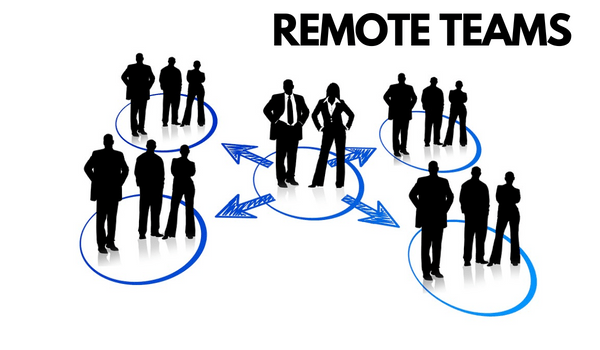Does ‘remote work’ mean the same today as it did during or before the pandemic? Well, the pandemic sure did turn the world upside down. It changed the mind-sets, preferences and priorities of human beings. These changes had a significant impact on people’s relationships, not just at home but within businesses and organisations.
Interestingly, it changed the very definition of a ‘remote worker’.
For instance, in a manufacturing setup, there were always ‘remote’ workers, who are so called because they work in ‘remote’ locations. Maintenance engineers in a factory located in a remote region were referred to as ‘remote’ workers as it was very difficult for the managers to contact them because of poor connectivity. It was a challenge to get in touch with these workers in ‘remote’ locations frequently.
Emmanuel David, MD, Grid International, recalls his experience working in an oil and gas firm. The engineers there worked in remote locations and were called remote workers in the pre-pandemic era.
Now, in the post-pandemic era, remote workers are not necessarily working in ‘remote’ or inaccessible areas. They are simple working from their homes or locations other than their regular office/workplace.
“Earlier, remote working was a very unique situation”
Emmanuel David, MD, Grid International
Before the pandemic, remote working was not an option available to any employee. The requirements of the role or job compelled people to work from remote locations.
However, the pandemic forced most employees to work from home, making it clear to business leaders that work could also be done from home with very little impact on productivity.
“Earlier, remote working was a very unique situation,” shares David. Now, however, every other employee has the option to work remotely, that is, away from the office.
In the pre-pandemic era, remote working was not preferred as no-one wanted to work in a ‘remote’ location. Now, with the whole concept taking on a new meaning, remote working has come to be a symbol of flexibility at work. It is a benefit that employees are seeking from their employers.
On closer examination of the two concepts, what comes to light is that the challenges for an employer, with both types of remote workers were/are and will remain similar.
David agrees that with both kinds of ‘remote’ workers, the employers were unsure of the productivity of the employees, and their main concern was/ is the wellbeing of their employees.
Safety and wellbeing has always been one of the major concerns when it comes to employees working in ‘remote’ locations, that is, regions that are difficult to reach and lack connectivity and regular facilities.
In case of the ‘remote’ workers of today, who are either working from their homes or cities and towns of their choice, their mental well-being is a concern for their employers or organisations.
David shares that at Tata Steel, employees who worked in remote locations, such as the furnaces, were given smart watches, so that they could be checked on regularly and their safety at these remote locations ensured. “These remote location workers were as important as other employees and we had to care for them,” David asserts.
David goes on to point out that remote workers of the pre-pandemic era were not restricted to the manufacturing setup alone. Even in the IT services sector, there have always been IT-support teams working from clients’ locations. These employees have always been referred to as remote workers. The tower-maintenance engineers in the telecom sector are also known as remote workers.
According to Chandrasekhar Mukherjee, CHRO, Bhilosa Industries, in a pre-pandemic era, remote working or remote workers, were not people working for X company out of Y location. In fact, he states, “There was nothing such as ‘remote working’ in the pre-pandemic era, it was just ‘work from home’”.
Mukherjee goes on to cite examples of tech firms that allowed people to work from home on some days, but did not permit them to leave the city. The reason, Mukherjee explains was that, “The managers had doubts about productivity”.
The very companies that boasted that remote working did not impact their productivity are the ones that are now calling back their employees to office.
“There was nothing such as ‘remote working’ in the pre-pandemic era, it was just ‘work from home’”
Chandrasekhar Mukherjee, CHRO, Bhilosa Industries
“Remote working actually became a fad during the pandemic. So, every company wanted a talking point. Now, when it is not working for them, they are calling their employees back,” observes Mukherjee.
What changed the meaning of ‘remote workers’ in the post-pandemic era?
“Connectivity has increased. We can stay connected anywhere and at greater speed. Earlier, this was not the case,” points out David. Additionally, David mentions that now people have developed infrastructures to work remotely.
“The preferences of people have also made a shift. They desire flexibility,” asserts Mukherjee.
Now that remote working is seen as a major USP when it comes to drawing talent, employers are compelled to offer flexible options to attract and retain them.



